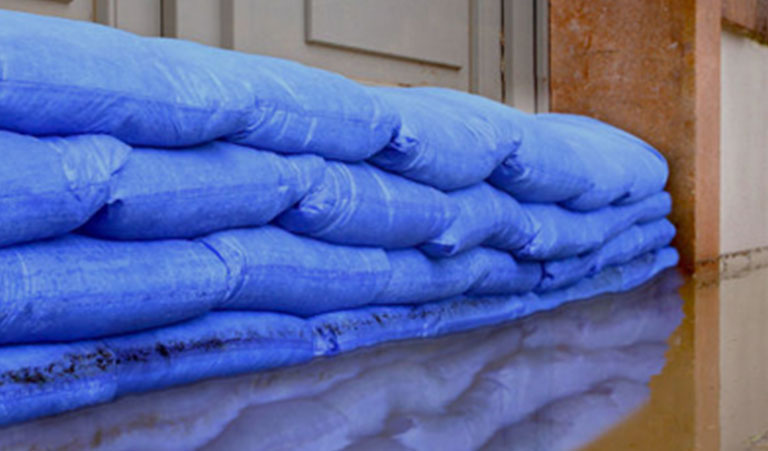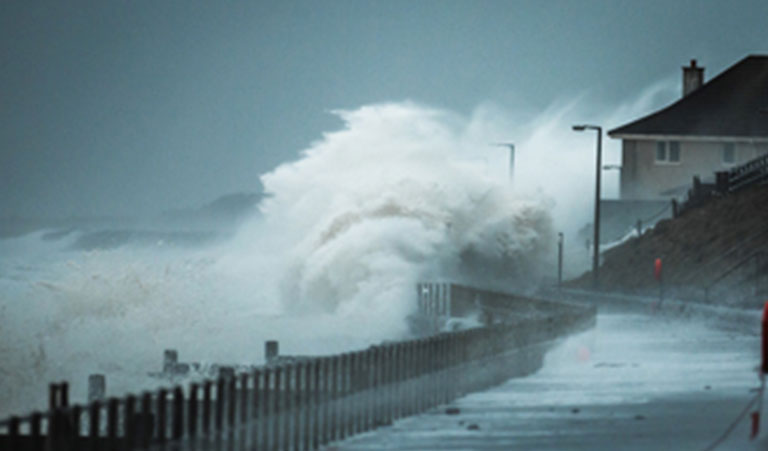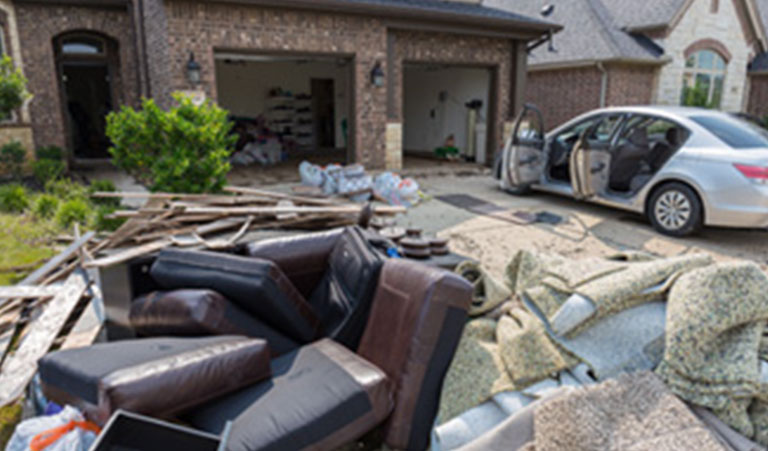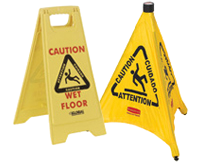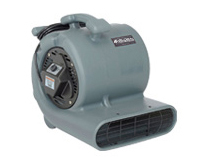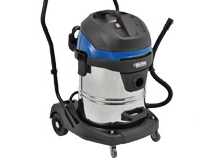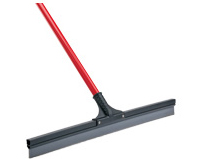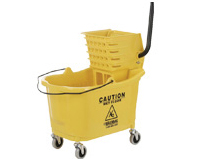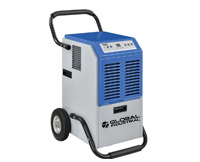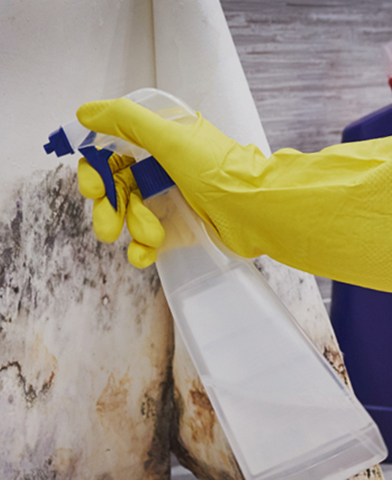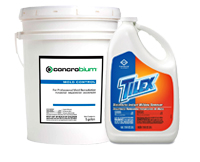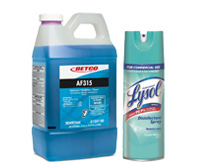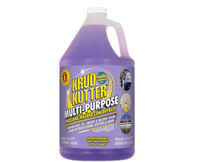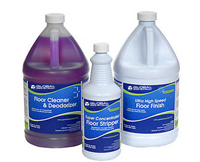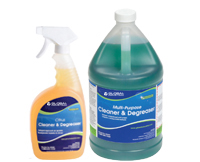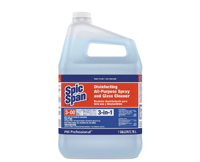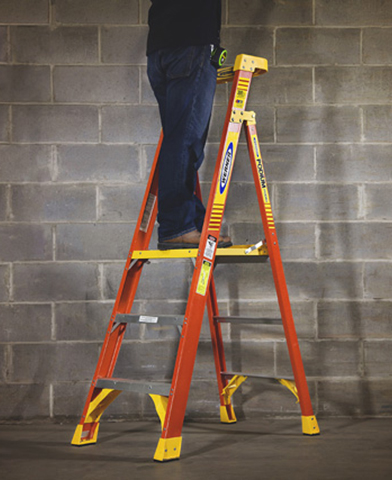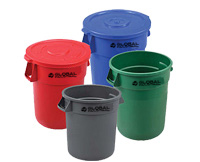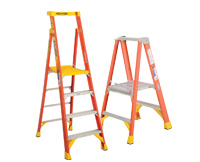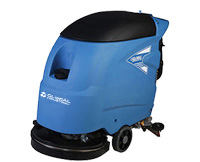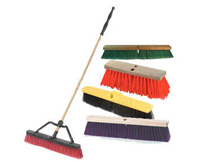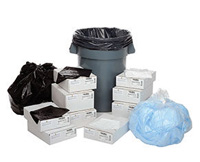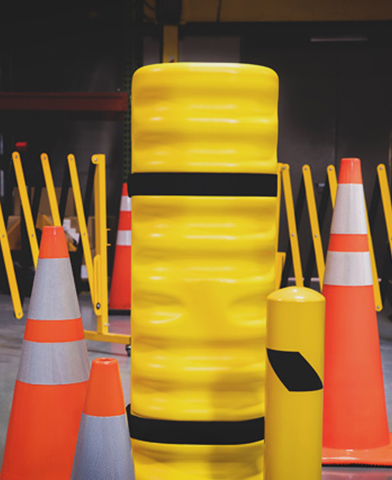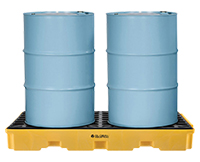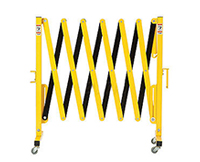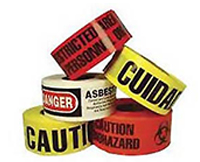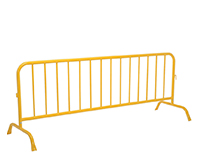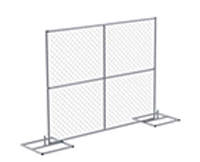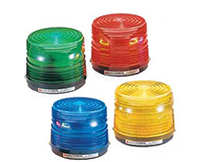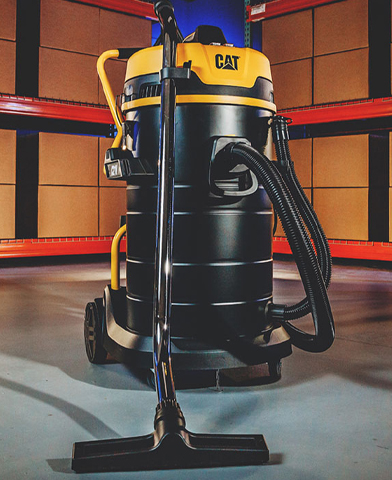
Ensure you and your team have the essential safety gear and solutions needed to stay prepared for natural emergencies. From certified protective gear to generators, we have what you need for before, during, and after the impact of an emergency. Get a head start on your emergency prep plan - which should always be sooner than later.
Before
Step 1 - General Hurricane Preparedness
Step 2 - Have You Checked Your Supply Recently?
Global Industrial supplies emergency first responders, cleaning crews, and hundreds of other emergency safety occupations with the tools they need to carry out the job quick. These fast acting fundamentals can range from generators, respirators, PPE, and more.
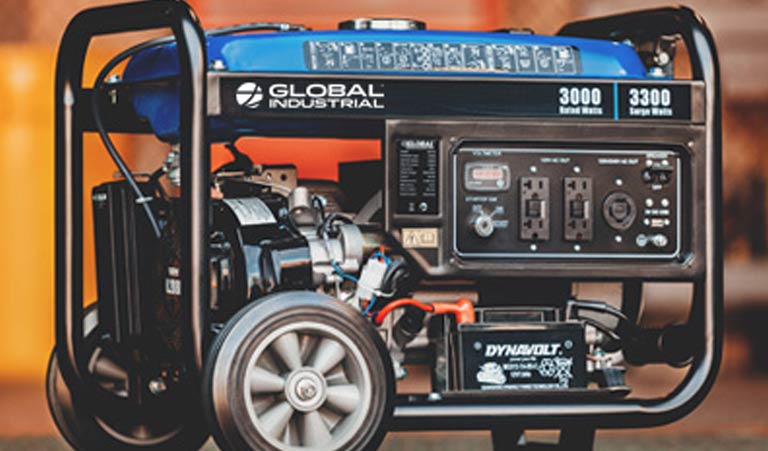
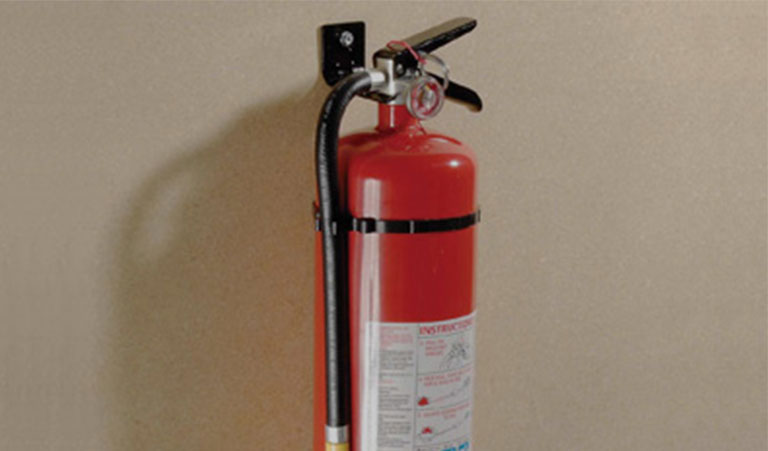
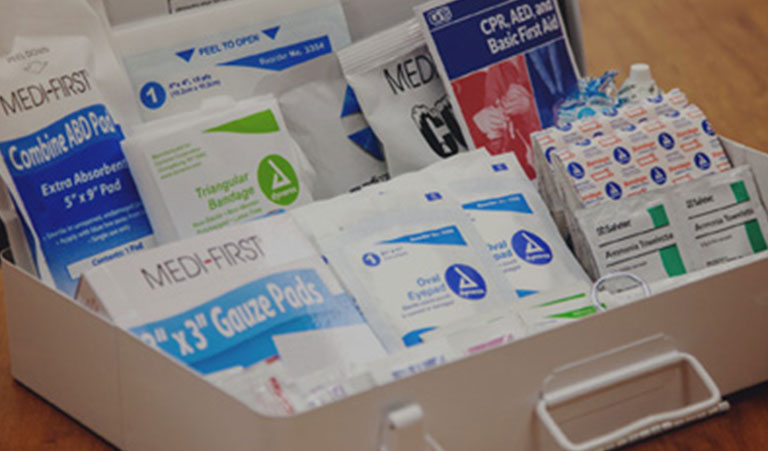
Personal Protection
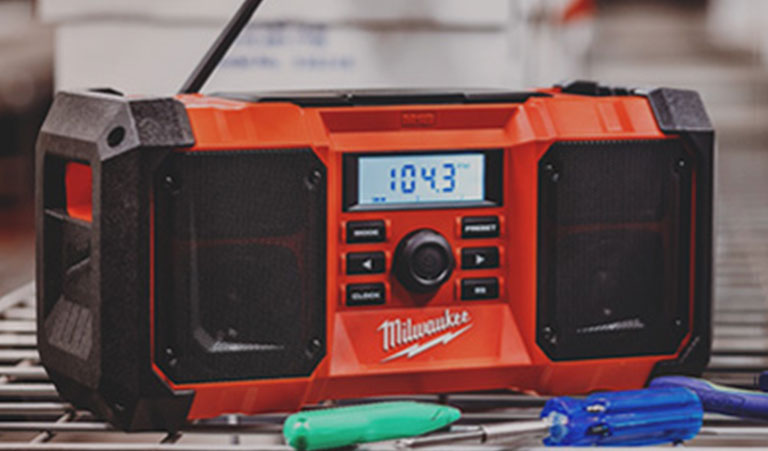
Emergency Communication

Emergency Food and Supplies
Ready to Ship Portable Generators
Step 3 - Always Check Local Agencies
When a hurricane strikes you will need to stay indoors. Don’t wait for that moment to start looking for professional safety advice. Have a list of official contacts ready to follow. Below are a list of links with more information on hurricane safety from national organizations and emergency management agencies.
After
Flooding is the #1 disaster in the United States. Water damage can be devastating. Whether your water damage was caused by storm flooding, ground water, or a water system malfunction, water damage leaves its mark.
The Real Deal on Flood Insurance
A basic business insurance plan covers flood damage. However, if you are not in a flood plain, you're not required to purchase it and many people do not. Flood insurance has fine print that is easily missed, so be very specific with your representative about what they cover.
Find Out If You're in Disaster Area
Once a region has been officially declared a "disaster area" by government authorities, property owners have access to increased resources, possible financial assistance, and public services to protect and remediate the area.
Removing Water
Once you get insurance approval, use a sump pump and a wet vac to remove the water. Water is heavy, so be safe when carrying water up and out. Use blower fans and floor dryers to dry the area and allow fresh air to circulate. Document the stages of your cleanup.
Check The Foundations
Make sure your structure has been declared safe by the proper authorities before entering or beginning any assessment of damage. Wear protective clothing such as waterproof footwear, gloves, safety goggles and hard hats. Contact utility companies to report any damage.
Mold Removal
Mold and mildew are fungi that can start growing within 24 hours after a flood, and can lurk throughout an office space from top to bottom as well as in crawl spaces.
Health Measures
Even if the water is clear, it could be contaminated by sewage or chemicals or even electrified. Avoid contact with water until authorities declare it safe and wear hip- or waist-high waterproof boots and gloves to sort through any debris
Supply Your List Today With The Right Products
Flooding damage can affect rugs, floors, walls and more, and will need to be dried thoroughly with wet/dry vacs, blower fans, and floor dryers.
Mold can develop as quickly as 24 hours after a flood so it's important to use mold removal specific products to eliminate stains completely.
Have basic janitorial products like sweepers, floor scrubbers, garbage/recycling cans, ladders, cleaners and more to maintain cleanup efforts.
Secure all worksites before entering, and mark off areas with high visibility tape, protective barriers, or security gates.




